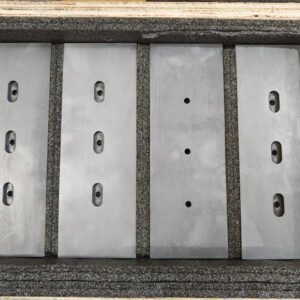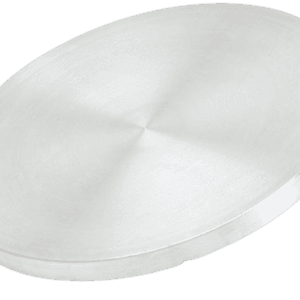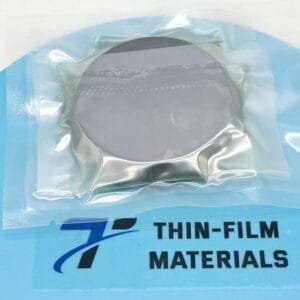Titanium Carbonitride Sputtering Target Description
Titanium Carbonitride Sputtering Target is a specialized material used in the sputtering process, a technique for depositing thin films onto a substrate. This process involves bombarding the target with high-energy ions, which causes atoms or molecules from the target material to be ejected. These ejected particles then deposit onto a substrate, forming a thin film with the properties of Titanium Carbonitride (TiCN).
TiCN Sputtering Targets are critical in applications where enhanced mechanical and protective properties are required. The thin films produced from TiCN targets are known for their exceptional hardness, wear resistance, and corrosion resistance, making them suitable for use in protective coatings and various industrial applications.
Related Product: Titanium Boride Sputtering Target
Titanium Carbonitride Sputtering Target Specifications
| Compound Formula | TiCN |
| Molecular Weight | 121.75 |
| Appearance | Gray target |
| Melting Point | >350 |
| Density (g/cm3) | 5.08 |
| Available Sizes | Dia.: 1.0″, 2.0″, 3.0″, 4.0″, 5.0″, 6.0″ Thick: 0.125″, 0.250″ |





Reviews
There are no reviews yet.